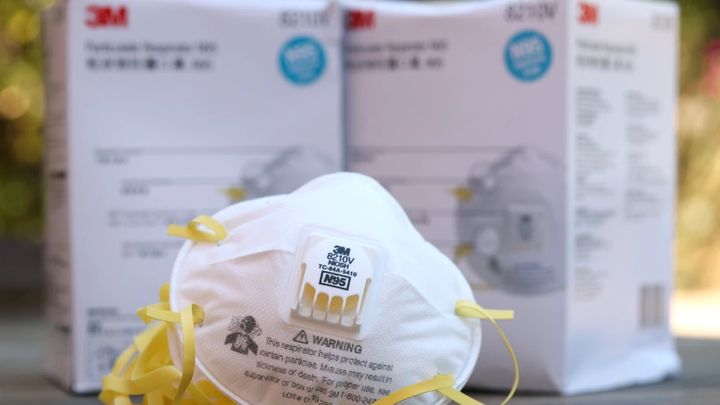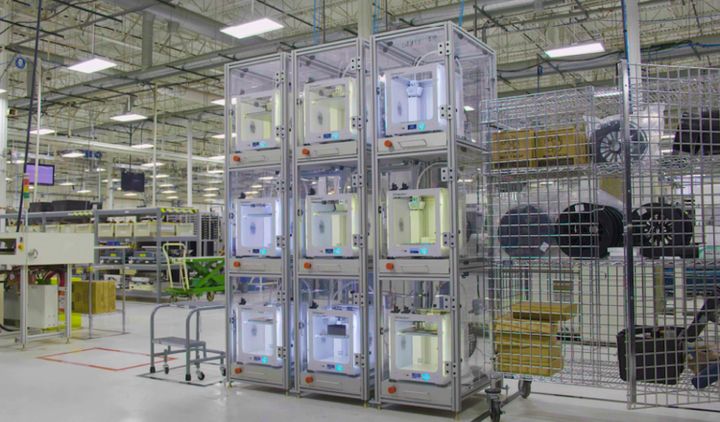
It is well recognized that the 3D printing industry has stepped up and made a major contribution in supplying large volumes of critical PPE equipment including masks, apparel, swabs, and parts for ventilators and respirators.
In an April 15th, 2021 Financial Times (FT) article entitled U.S. warned it must become more self-sufficient in PPE production the continuing supply chain risk to the U.S. was made clear. Pre-pandemic, China supplied 80% to 90% of U.S. demand. The challenge now is that, outside of hospitals, PPE supply remains unstable and we do not have the safety stock necessary for the next pandemic. The article summarized the state of additional U.S. Federal PPE funding as follows:
“On his first day as president, Joe Biden authorised the use of the Defense Production Act (DPA) to boost PPE supplies. The Pentagon’s Joint Acquisition Task Force has so far executed more than US$3B in contracts, including US$640M of investments under the DPA to help build domestic production capacity. There was also US$10B in the most recent stimulus package to boost US manufacturing of PPE, vaccines and Covid tests.”
The Financial Times indicated that 4 of the major companies that produced large volumes of needed supplies included Jabil, 3M, Honeywell, and Lydall. We have previously covered 3D printing developments at 3 of the 4 listed companies.
Jabil
Jabil is a global contract manufacturer with extensive diversified manufacturing expertise. This Fortune 500 company had net revenue of approximately $27 billion during 2020. Jabil is one of the leading medical device companies participating in the MedAccred program for medical manufacturing accreditation.
Jabil had realized the impending demand for medical supplies early last year and began producing more PPE devices, masks, and face shields as well as ventilator components using 3D printing technology. Throughout the past year, the company has increased its production of masks to 100 million per quarter in the U.S. Charlie Main, the Senior Vice President of Global Business Units, noted that producing masks in the U.S. costs approximately twice as much as the normal Chinese prices.
New technology and manufacturing methods may be useful for driving this cost down.

3D printers at a Jabil facility [Source]
3M
3M is an American multinational manufacturing company that has consistently appeared on the Fortune 500 list. The company has worked towards innovation in multiple industries including those related to electronics, design & construction, safety, and healthcare, among others. 3M is recognized as the largest manufacturer of N95 masks. In the last year, 3M quadrupled its domestic production of N95 masks, supplying approximately one billion of them within the year. As 3M continues to push the boundaries of technology, the utilization of 3D printing can help reduce the supply chain disruptions that have been occurring due to COVID-19.
Honeywell
Honeywell is also an American company that has expanded worldwide, primarily working on innovation within the aerospace, construction, and safety industries. The Fortune 100 company had annual revenue of approximately $32 billion last year. In 2020, Honeywell implemented enough domestic infrastructure to produce one billion N95s annually to ease the demand for masks. The company has integrated 3D printing within its manufacturing facilities to increase the speed and efficiency of production of all products and is likely to continue finding ways to optimize its manufacturing process.
Lydall
Lydall is a specialty manufacturer of materials and filter membranes that secured a US$13.5M Department of Defense contract to produce meltblown materials for one billion masks. Lydall will be opening two new plants in New Hampshire this year. Sara Greenstein, the CEO, said when COVID-19 hit and China prioritized its own needs, “that was really a wake-up call.” Greenstein went on to state, “We’re in a far better place today than we were a year ago.” The realization that masks are needed now and in the future is likely to motivate companies like Lydall to accelerate their production process with technology such as 3D printing.

Lydall oxygen tank [Source]
Conclusion
The 3D printing industry has the opportunity to capitalize on its recent achievements and become part of the U.S.’ quest for PPE self-sufficiency. Achieving these goals will be good for the industry and good for our well-being.
